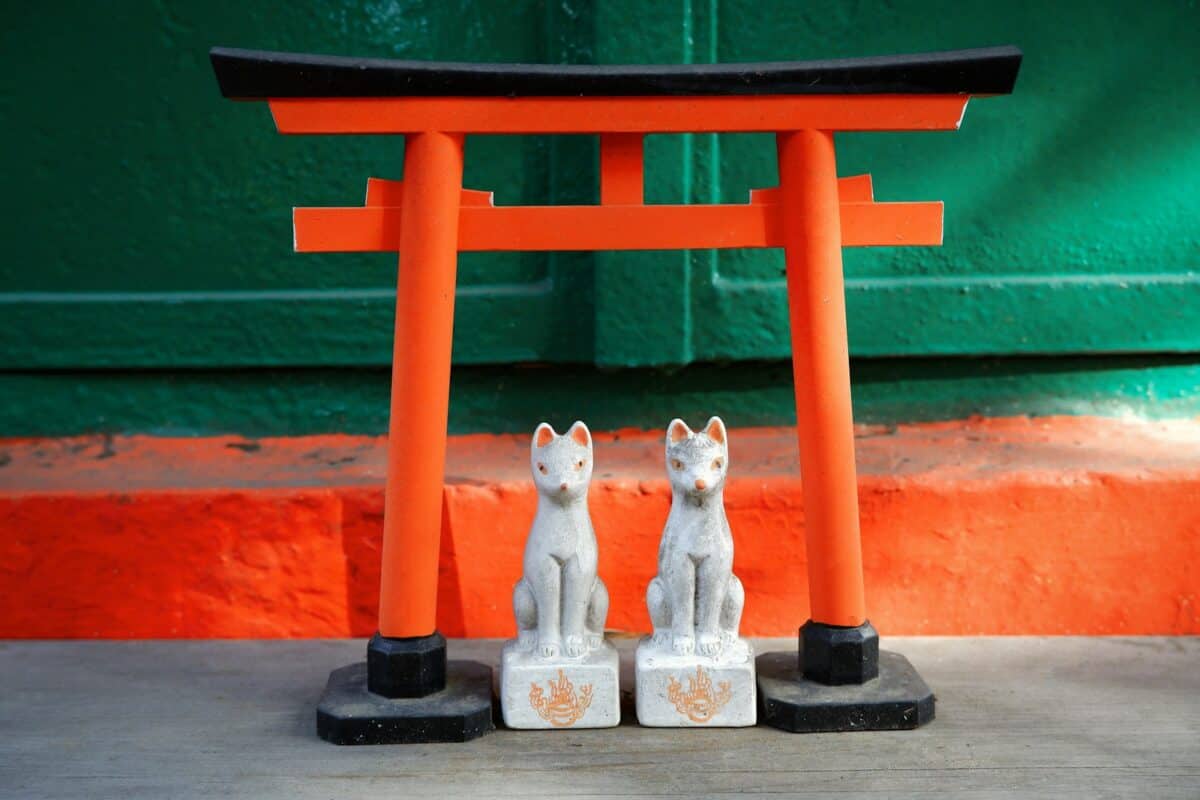In the rich tapestry of Japanese folklore, few creatures capture the imagination quite like the kitsune. These fox spirits have deep roots in Japanese mythology, dating back to ancient times when Shinto animism viewed foxes as messengers of Inari, the deity of rice, prosperity, and fertility. The earliest written records of kitsune appear in the Nihon Shoki, one of Japan’s oldest chronicles compiled in 720 CE, though oral traditions certainly predate this text by centuries.
The word “kitsune” simply means “fox” in Japanese, but culturally it carries far greater significance. Over time, the biological fox and its mythological counterpart became inextricably linked in Japanese consciousness. Chinese influences also shaped kitsune lore, as similar fox spirit beliefs entered Japan through Buddhist texts and cultural exchange, adding layers of complexity to these already multifaceted beings that straddle the worlds of natural and supernatural.
The Nine Tails of Power

Perhaps the most iconic aspect of kitsune mythology is the belief that these fox spirits grow additional tails as they age and accumulate wisdom. A young kitsune begins life with a single tail, but as it grows older—sometimes living for hundreds or even thousands of years—it may develop up to nine tails. This transformation is not merely physical but represents spiritual evolution and growing magical prowess. The Japanese term “kyūbi no kitsune” (nine-tailed fox) refers to the most powerful of these beings.
A nine-tailed kitsune is considered to have reached the pinnacle of wisdom and magical ability. These ancient beings possess immense power, including omniscience, and their fur may turn golden or white as a symbol of their divine status. According to some traditions, after reaching 1,000 years of age and growing its ninth tail, a kitsune ascends to heaven, becoming tenko (celestial fox) with golden fur that shimmers with otherworldly light. Such legendary creatures are said to understand everything in the universe and possess abilities approaching those of gods.
Shape-shifting Tricksters

The most famous ability attributed to kitsune is their power of shape-shifting. While they can transform into various forms—including trees, objects, or other animals—their most common and significant disguise is that of a human, particularly beautiful women. Folklore is replete with tales of male travelers encountering enchanting women who later reveal themselves as fox spirits. The transformation is never quite perfect, however, as kitsune typically retain some foxlike feature that betrays their true nature: a glimpse of a tail, pointed ears, or a reflection that shows their fox form.
These shape-shifting abilities serve multiple purposes in kitsune lore. Sometimes the transformation is used for trickery or to test humans, while in other instances, kitsune genuinely wish to experience human life and emotions. Many stories tell of kitsune taking human form to marry mortals and even bearing half-human children. The ability to transform is said to develop with age; young kitsune might struggle to maintain human form or transform completely, while older, more powerful foxes can maintain perfect human disguises indefinitely.
Divine Messengers of Inari

While trickster stories abound, many kitsune serve as sacred messengers to Inari Ōkami, one of Shinto’s most important deities. These white-furred foxes, known as myōbu, are benevolent entities that protect shrines and communities. Throughout Japan, thousands of Inari shrines feature stone fox statues (kitsune-zo) that guard the sacred grounds. These statues typically depict foxes in pairs, often holding symbolic items in their mouths or under their paws: a jewel representing spirit, a scroll of knowledge, or a key to the rice granary.
The connection between foxes and Inari likely evolved from the practical role real foxes played in agricultural communities. Foxes are natural predators of mice and rats that threatened stored grain, making them valuable allies to farmers. This practical benefit transformed over centuries into spiritual reverence. Devotees still leave offerings of fried tofu (aburaage)—believed to be the favorite food of foxes—at Inari shrines, and the fox messengers are thought to bring petitions from humans to the deity and return with answers or blessings.
Kitsune-tsuki: Fox Possession

One of the darker aspects of kitsune folklore is kitsune-tsuki, or fox possession. Historical records from Japan’s pre-modern era document numerous cases of alleged fox possession, where individuals—most often women—were believed to be under the influence of a fox spirit. Symptoms attributed to kitsune-tsuki included sudden personality changes, speaking in strange voices, knowledge of events the person couldn’t naturally know, and cravings for aburaage. These possessions were taken so seriously that they became a recognized medical condition in Japan until the early 20th century.
Treatment for fox possession typically involved exorcism rituals performed by Shinto priests or Buddhist monks. In some rural areas, fox possession was seen as a hereditary condition, with families known as “kitsune-mochi” (fox owners) believed to have fox spirits that could be sent to possess others. This belief led to significant discrimination against such families. Modern interpretations suggest that many historical cases of kitsune-tsuki may have been manifestations of psychological conditions, including dissociative disorders, schizophrenia, or epilepsy, viewed through the cultural lens of the time.
Types and Classifications of Kitsune
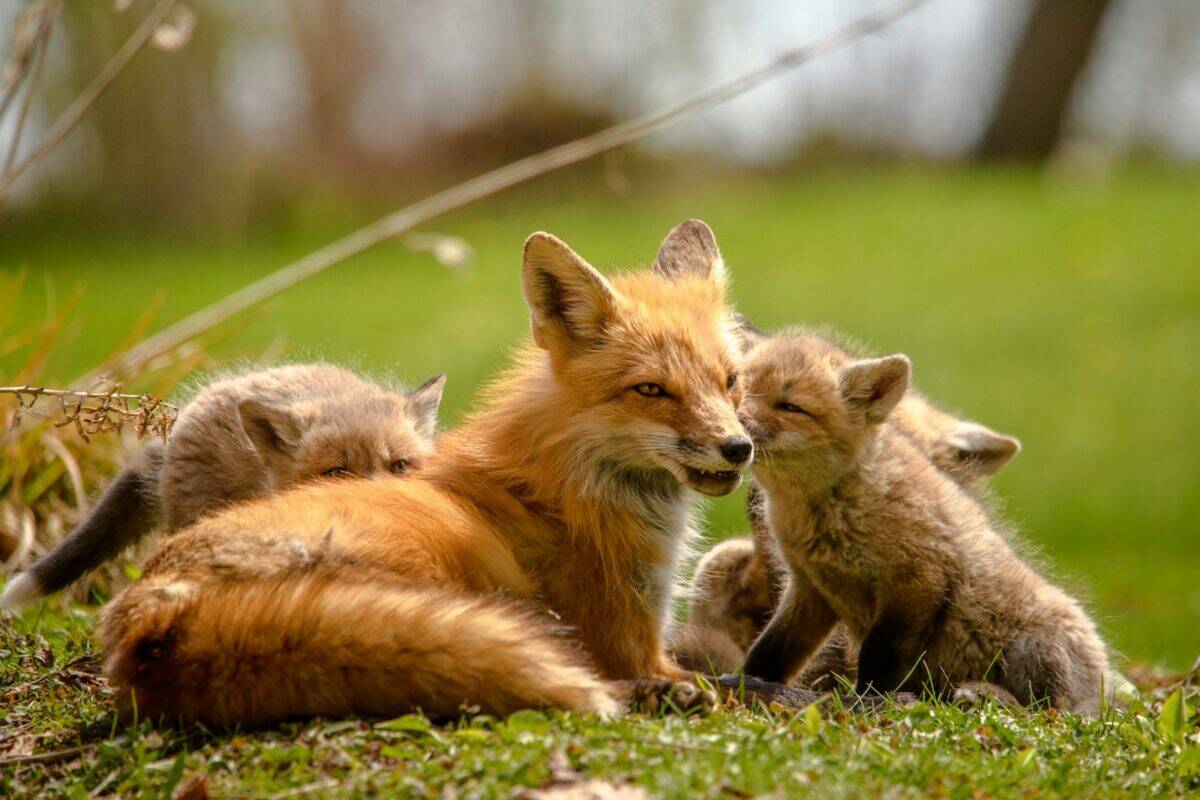
Japanese folklore recognizes numerous types of kitsune, each with distinct characteristics and moral alignments. The broadest division separates zenko (good foxes) from yako (field foxes). Zenko serve Inari and generally behave benevolently toward humans, while yako are mischievous or malicious tricksters. Beyond this basic categorization, folklore describes specialized types such as kuko (air foxes), jiko (earth foxes), and kiko (spirit foxes), each associated with different elements and abilities.
Some traditions classify kitsune by their tail colors, with white or gold representing divine messengers, and black indicating malevolent intentions. Regional variations across Japan add further complexity, with some areas featuring unique local fox spirits with specialized powers or characteristics. In the mountainous regions of northern Japan, for instance, kitsune are associated with mountain kami (spirits) and may control weather or guide lost travelers, while in southern regions they’re more commonly linked to agricultural abundance and fertility.
Kitsunebi: The Mysterious Fox Fire
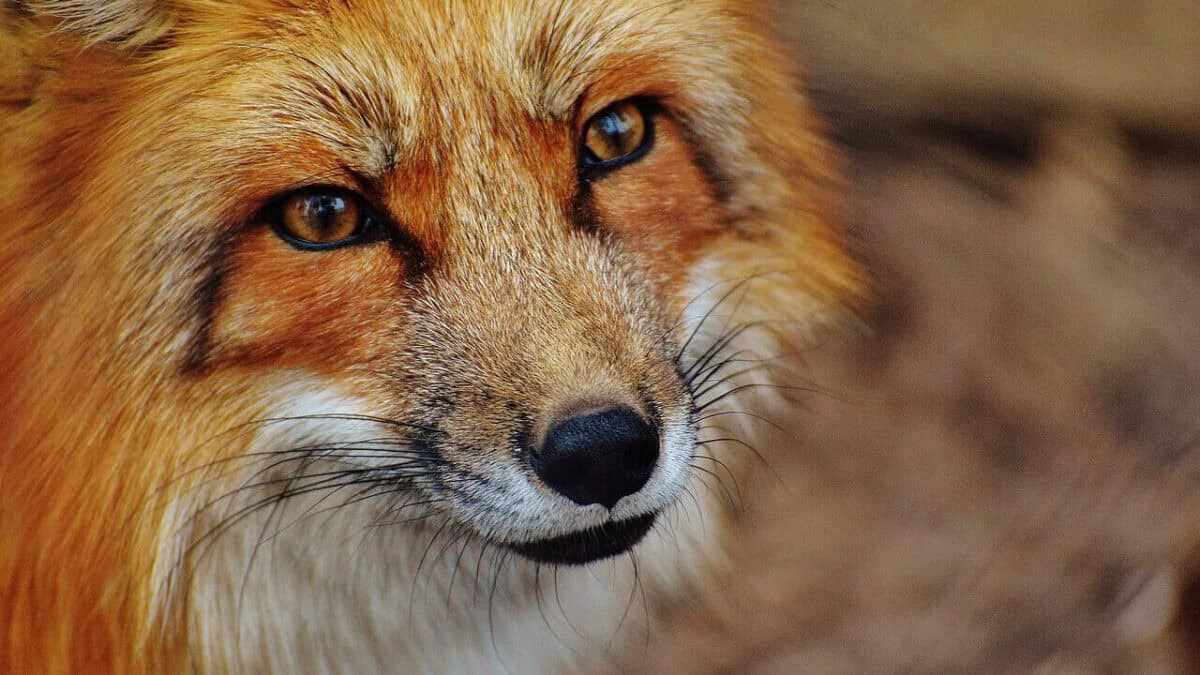
One of the most visually striking supernatural phenomena associated with kitsune is kitsunebi, or fox fire. These mysterious flames or lights are said to emanate from a kitsune’s tail or mouth and can appear as floating lanterns or ethereal flames in various colors, though most commonly blue or gold. According to folklore, foxes use these magical fires to guide travelers (either to safety or astray, depending on the fox’s intentions), to communicate with other foxes, or to perform complex illusions.
The phenomenon has real-world parallels in atmospheric ghost lights and bioluminescence observed in Japanese forests and wetlands. In particular, the decomposition of organic matter can produce phosphorescent lights that might explain some kitsunebi sightings. During Edo-period Japan, nighttime travelers reported seeing processions of mysterious lights moving through fields—interpreted as kitsune wedding processions. Today, some festivals recreate these mystical fox fires with lanterns and fire performances, keeping the magical tradition alive while acknowledging the natural explanations behind some of these historical sightings.
Kitsune in Japanese Art and Literature
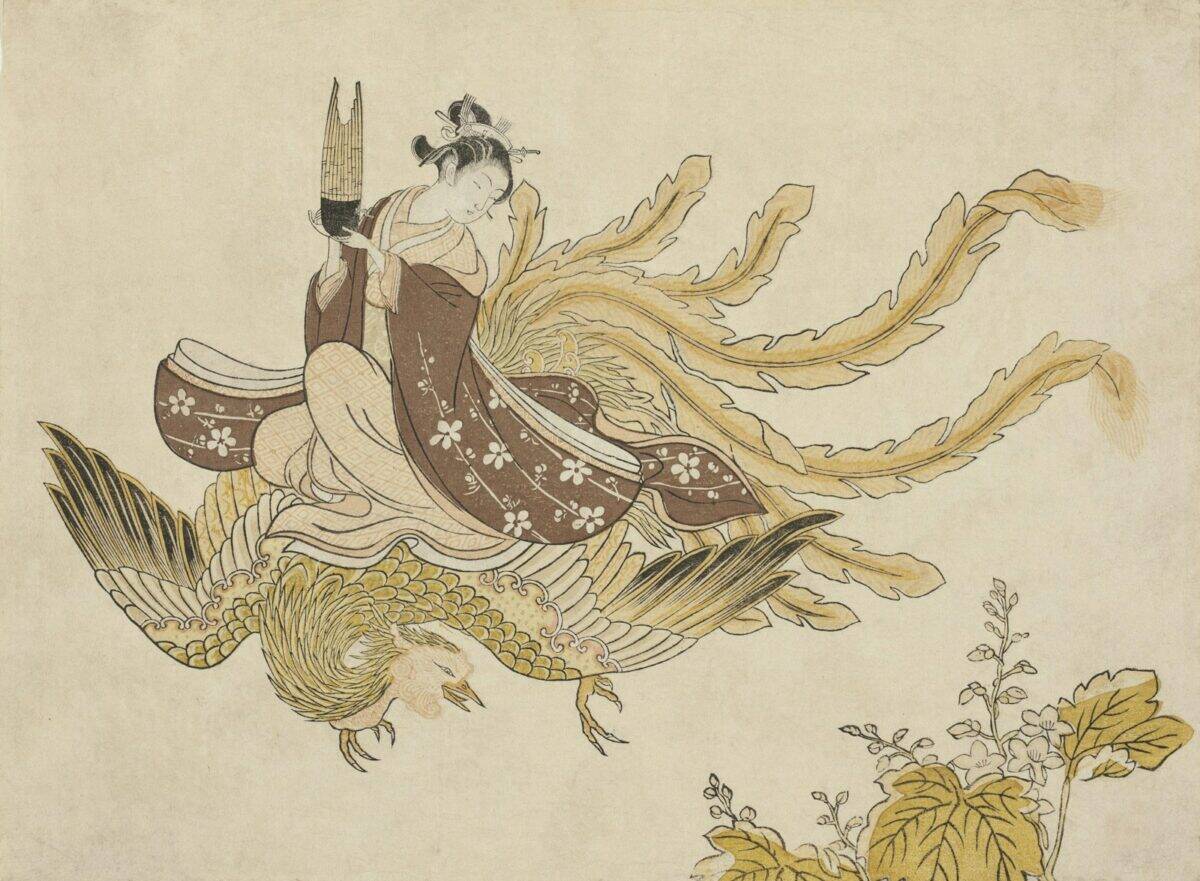
Throughout Japanese history, kitsune have featured prominently in art, literature, and theater. The 11th-century tale “Tamamonomae” tells of a beautiful court lady who was revealed to be a malevolent nine-tailed fox in disguise. This story became a staple of Noh and Kabuki theater performances. Another famous literary kitsune appears in “The Fox-Wife,” a tale of a man who unwittingly marries a fox woman who bears him a son before her true nature is discovered—a story exploring themes of deception, love, and the boundary between human and animal worlds.
Visually, kitsune are depicted in countless ukiyo-e woodblock prints, scroll paintings, and sculpture. Artists like Utagawa Kuniyoshi created dramatic scenes of nine-tailed foxes, while others depicted the more benevolent white foxes of Inari. In contemporary Japanese culture, kitsune continue to inspire manga, anime, and video games—from the mischievous shippo in “Inuyasha” to the nine-tailed demon fox sealed within Naruto Uzumaki in the globally popular “Naruto” series. These modern interpretations both preserve and reinvent ancient folklore for new generations.
Kitsune Powers and Weaknesses

Beyond shape-shifting, kitsune possess a remarkable array of supernatural abilities. They can create elaborate illusions, sometimes manipulating entire landscapes or conjuring phantom castles that vanish with the morning dew. Some kitsune can enter dreams, possess humans, generate fox-fire, and even bend time and space. The older and more powerful the fox, the more extensive its magical repertoire becomes. Particularly ancient kitsune may develop powers of clairvoyance, flight, and invisibility, along with mastery of elemental magic corresponding to their type.
Yet despite their formidable powers, kitsune have notable vulnerabilities. Most cannot maintain their transformations when drunk, sleeping, or extremely frightened. Dogs are natural enemies of foxes, and their presence or barking may reveal a disguised kitsune. In some legends, kitsune are compelled to reveal their true nature if their reflection is seen in clear water or a mirror. Religious implements, particularly those blessed by Shinto priests, can ward against malicious foxes. Perhaps most interestingly, folklore suggests that kitsune cannot count beyond forty-nine—asking a suspected fox to count higher may force them to reveal themselves through confusion or frustration.
Cultural Impact Beyond Japan
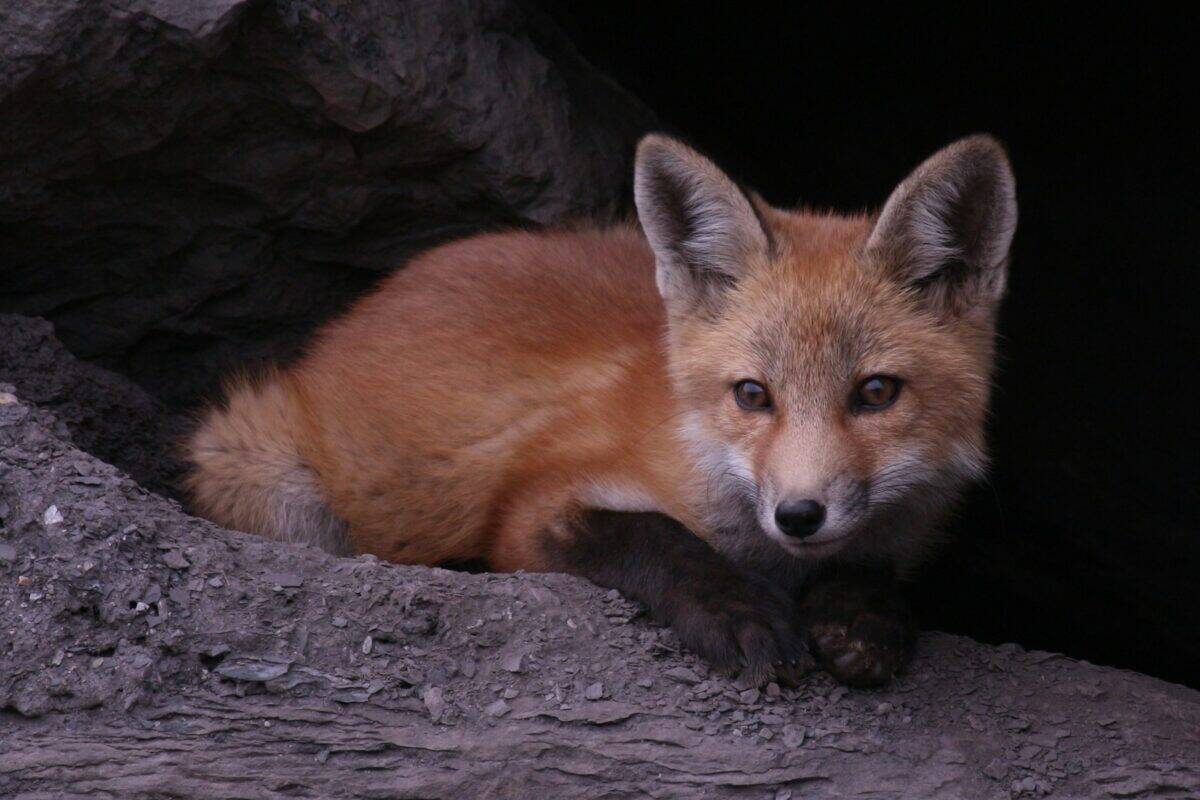
While kitsune are quintessentially Japanese, their influence extends far beyond Japan’s borders. Korean folklore features similar nine-tailed foxes called kumiho or gumiho, though these are typically portrayed as more malevolent than their Japanese counterparts. Chinese mythology includes huli jing (fox spirits) that share many characteristics with kitsune but developed independently before cultural exchange brought the traditions into contact. These East Asian fox spirits collectively influenced the broader cultural imagination of Asia.
In the modern global context, kitsune have become recognized elements in fantasy literature, gaming, and pop culture worldwide. They appear in role-playing games like Dungeons & Dragons, in Western urban fantasy novels, and as inspiration for characters in film and television. The kitsune’s blend of trickery, wisdom, and magical ability has made them particularly adaptable to contemporary storytelling across cultures, often representing the mysterious, morally ambiguous forces of nature in human form. This international spread demonstrates the enduring appeal of these complex magical beings.
Kitsune Symbolism and Philosophical Meaning
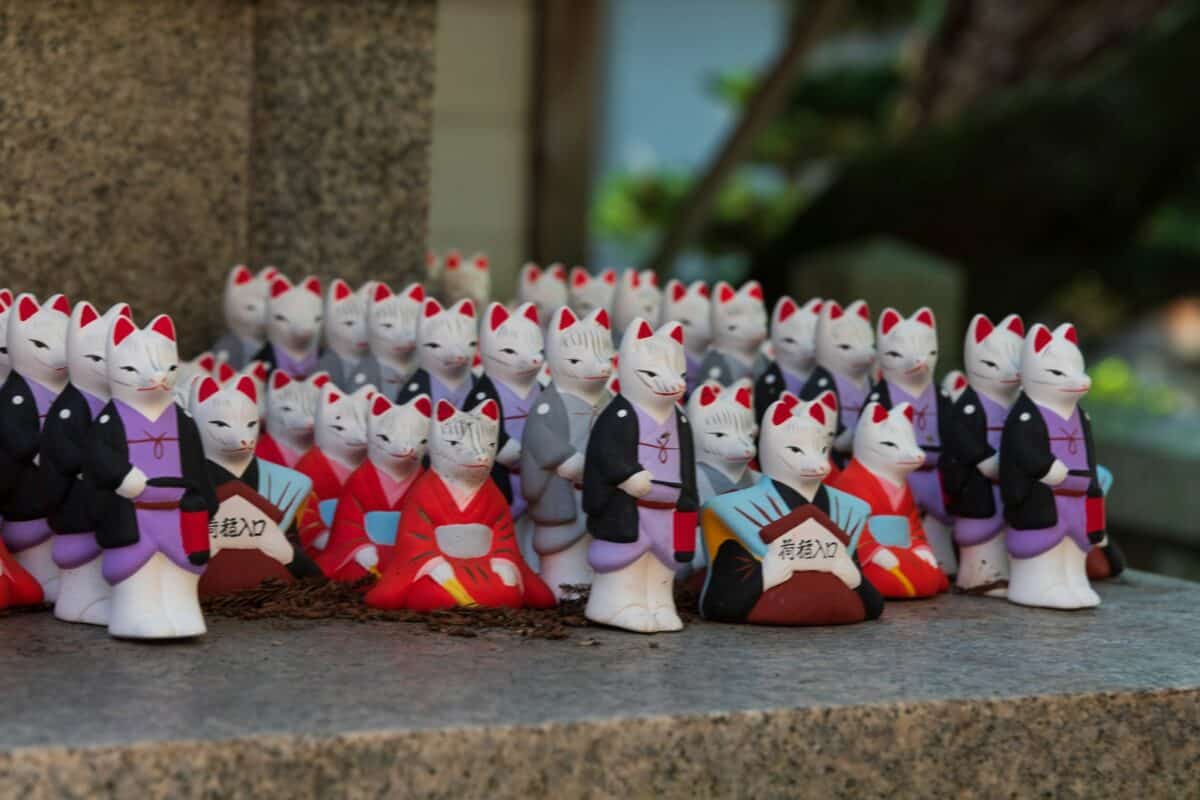
At a deeper level, kitsune embody important philosophical concepts in Japanese culture. They represent the boundary between civilization and wilderness—creatures that exist in both the human and natural worlds but fully belong to neither. This liminal quality makes them powerful symbols for exploring the relationship between humanity and nature, a central concern in Shinto philosophy. Their long lives and accumulated wisdom also represent the ideal of continuous learning and spiritual growth over time.
The moral ambiguity of kitsune—neither wholly good nor entirely evil—reflects a sophisticated understanding of ethical complexity. Unlike Western folklore that often presents clear moral dichotomies, kitsune stories acknowledge that beings (and by extension, people) can be both helpful and harmful depending on circumstances and how they’re treated. This nuanced approach aligns with Buddhist concepts of interdependence and the absence of absolute good and evil. The transformation abilities of kitsune also explore questions of identity and authenticity—what makes someone who they truly are, beyond physical appearance or social role?
Kitsune in Contemporary Japan
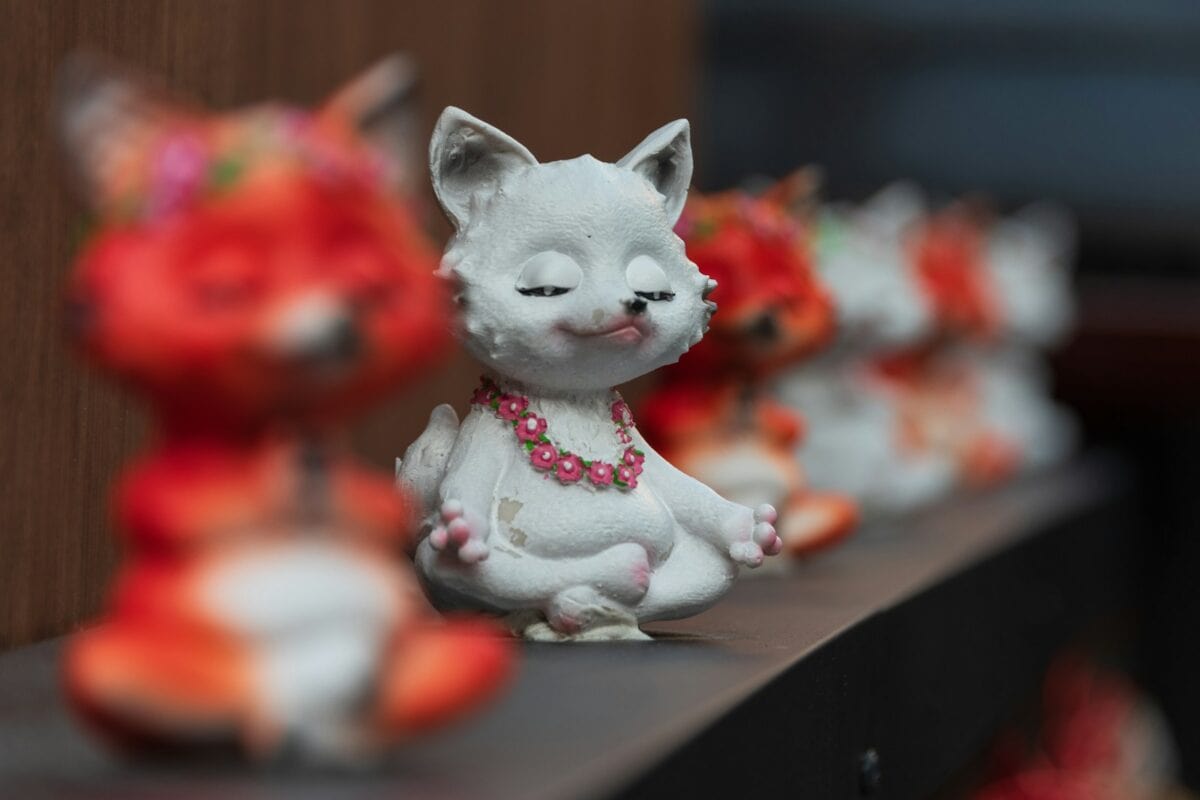
While industrialization and modernization have transformed Japan, belief in kitsune remains surprisingly resilient. Rural areas still maintain fox shrines, and even in urban centers, Inari shrines with their guardian fox statues remain popular places of worship. Annual festivals honoring foxes continue in several regions, featuring fox masks, specialized dances, and reenactments of famous kitsune legends. These traditions keep cultural connections to fox lore alive even as literal belief in shape-shifting foxes has waned.
In popular culture, kitsune appear regularly in Japanese media, from serious historical dramas to playful children’s shows. The video game industry has embraced fox spirits as both protagonists and antagonists, while kitsune-inspired fashion—featuring elements like fox ears, tails, or mask motifs—appears in both traditional and contemporary clothing lines. Even in science and technology, the fox’s reputation for cleverness has inspired naming conventions; Mozilla Firefox’s logo and name draw directly from this tradition of the clever, fiery fox. This ongoing cultural presence ensures that kitsune remain relevant symbols in modern Japanese identity.
Conclusion: The Legacy of Japan’s Fox Spirits
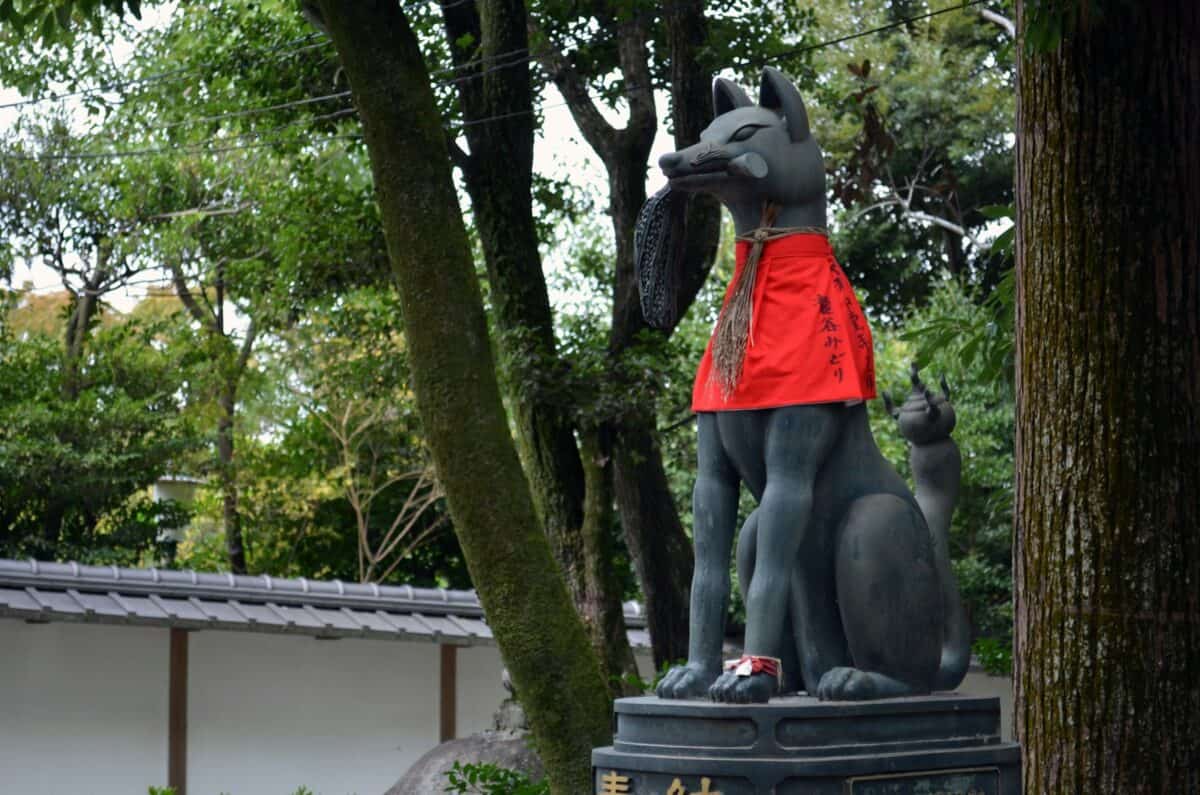
The legacy of kitsune in Japanese culture represents one of the world’s most enduring and complex folklore traditions, spanning well over a millennium of continuous development. These fox spirits embody fundamental aspects of the Japanese worldview—the closeness of natural and supernatural realms, the value of intelligence and adaptability, and the potential for wisdom to grow over long spans of time. Their stories have evolved from simple agricultural folktales to sophisticated literary works and modern digital media, demonstrating remarkable cultural resilience.
As Japan continues to navigate the balance between tradition and innovation, kitsune remain powerful symbols that connect contemporary Japanese people to their cultural heritage. Their multifaceted nature—simultaneously tricksters, divine messengers, shape-shifters, and wisdom-bearers—provides a rich vocabulary for exploring human experiences and ethical questions. Whether appearing in ancient shrine carvings or the latest anime series, these fox spirits continue to fascinate, entertain, and enlighten, ensuring their place in cultural imagination for generations to come.
Perhaps most significantly, kitsune remind us that the boundaries between categories we often take for granted—human and animal, good and evil, natural and supernatural—are more permeable than we might assume. In an increasingly interconnected yet divided world, these ancient fox spirits offer valuable perspectives on adaptation, transformation, and the complex moral landscapes we all navigate. The trickster foxes of Japan, with their mischievous smiles and ancient wisdom, still have much to teach us about ourselves and our relationship with the natural world around us.
- 15 Emotional Service Dog Stories That Prove Dogs Are More Than Just Pets - August 20, 2025
- How the Global Pet Trade Is Threatening Exotic Animals in the Wild - August 20, 2025
- Crocodiles Are Closer to Dinosaurs Than Birds - August 20, 2025

